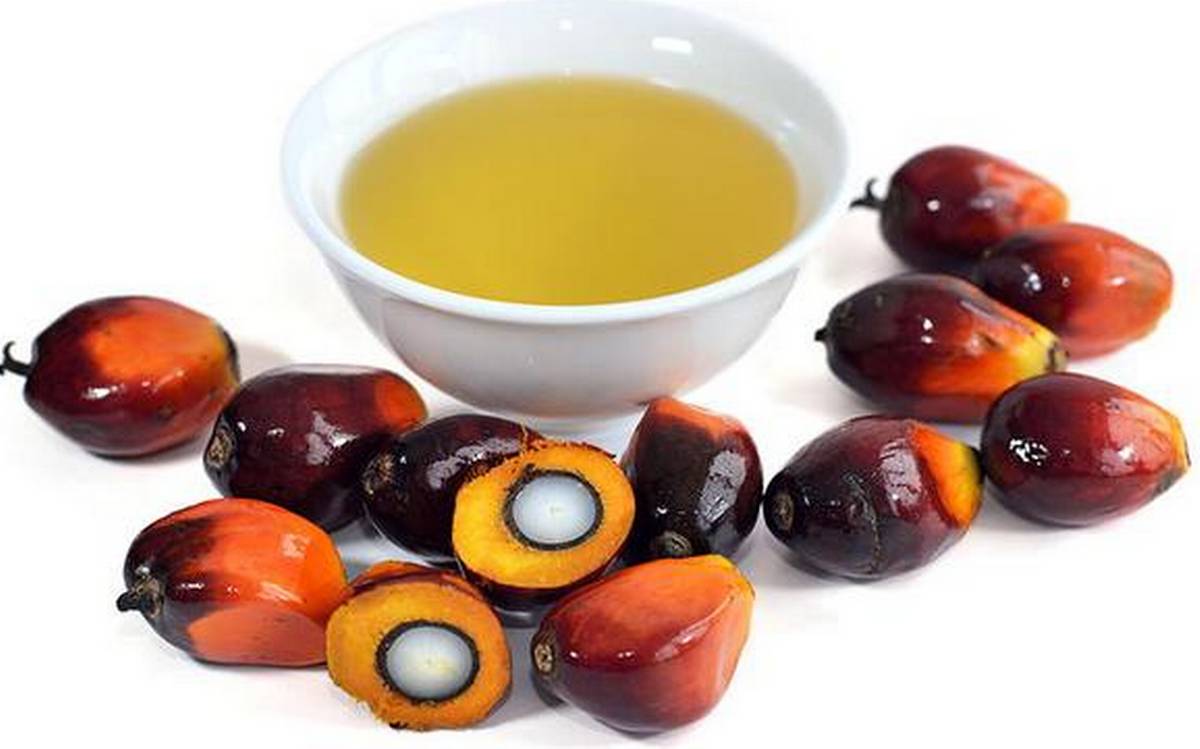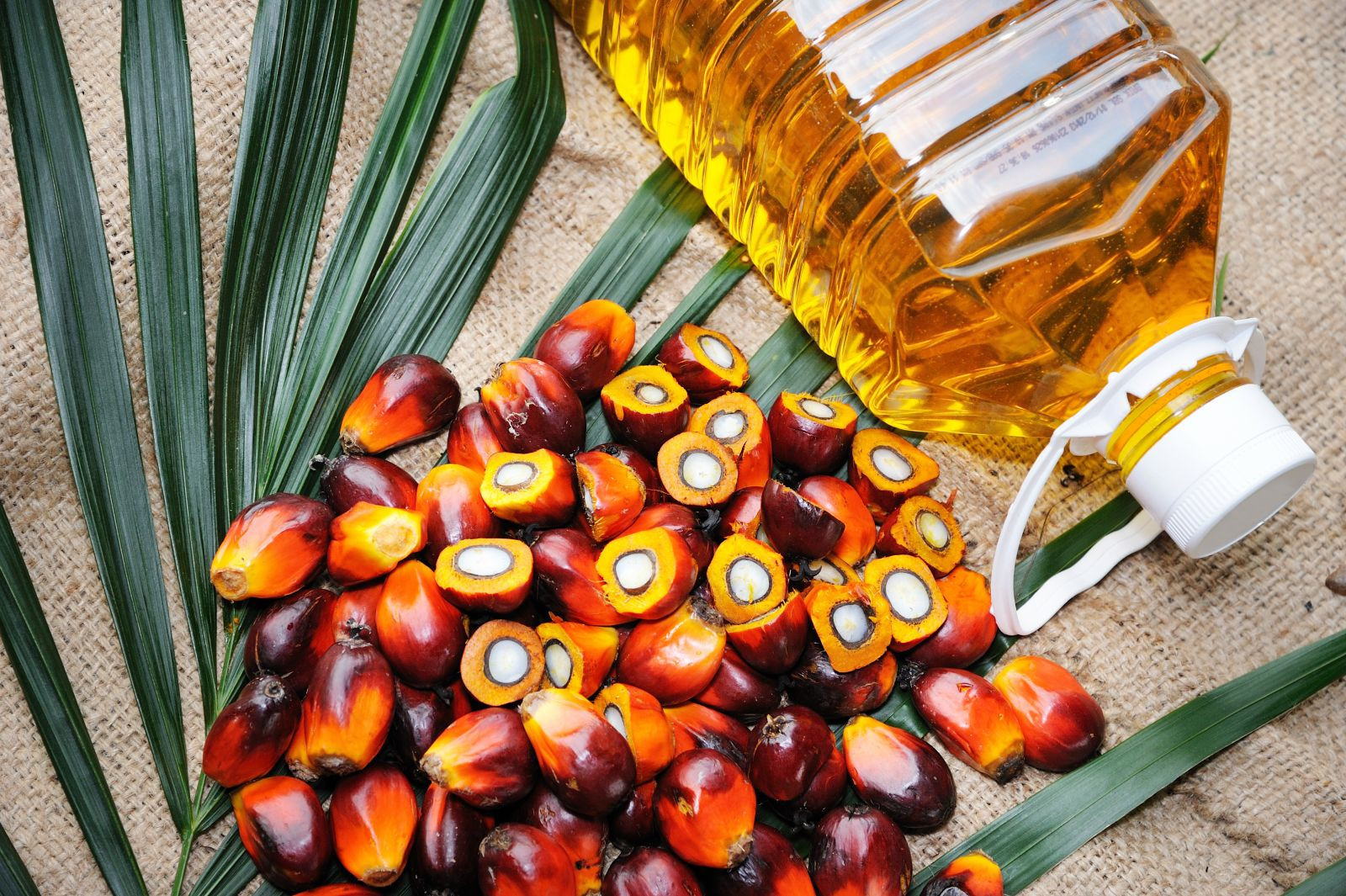Refined palm oil is one of the most widely used edible oils in the world, known for its versatility in cooking and industrial applications. It is derived from the fruit of the oil palm tree (Elaeis guineensis), which thrives in tropical climates, primarily in countries like Indonesia, Malaysia, Nigeria, and Thailand. Here’s an in-depth look at refined palm oil, covering its production process, nutritional benefits, health impacts, environmental considerations, and its many uses across various industries.
1. Production and Refining Process of Palm Oil
Cultivation and Harvesting
Oil palm trees are typically grown on large plantations in tropical regions. Once the oil palm fruits are harvested, they are processed quickly to extract the oil. The pulp of the fruit is rich in oil, while the kernel contains oil as well, though in smaller quantities.
Extraction Process
The extracted oil from the fruit pulp is known as crude palm oil, which is then subjected to refining. Palm kernel oil is also extracted from the seed and often refined separately. Refining removes impurities, odors, and colors, producing a clear, light-colored oil that is neutral in taste and odor.
Refining Stages
- Degumming and Neutralization: This removes phospholipids and free fatty acids, stabilizing the oil.
- Bleaching: In this stage, pigments are removed to achieve a pale yellow color.
- Deodorization: Steam distillation removes any remaining odors, creating a neutral flavor.
- Fractionation (optional): This process separates the oil into different melting fractions, often resulting in palm olein (liquid) and palm stearin (solid).
Refined palm oil’s neutral flavor and high smoke point make it suitable for frying, baking, and as a component in packaged foods and cosmetics.
2. Nutritional Profile of Refined Palm Oil
Refined palm oil is high in saturated fats, primarily palmitic acid, but also contains a significant amount of monounsaturated and polyunsaturated fats. Key nutrients include:
- Tocotrienols: A form of vitamin E with antioxidant properties, beneficial for cellular health.
- Carotenoids: Although the refining process removes some carotenoids, red palm oil (unrefined) is particularly high in beta-carotene, a precursor to vitamin A.
- Saturated and Unsaturated Fats: About 50% saturated fat, with the remainder being monounsaturated and polyunsaturated fats.
The balanced mix of fats makes palm oil stable at high temperatures, but it should be consumed in moderation due to its high saturated fat content.
3. Health Implications of Consuming Refined Palm Oil
Cardiovascular Health
Palm oil’s high saturated fat content can raise cholesterol levels if consumed excessively. However, it also contains monounsaturated fats, which can balance cholesterol levels if eaten as part of a well-rounded diet.
Antioxidant Benefits
The presence of tocotrienols in palm oil has been linked to cellular protection and may help reduce oxidative stress, which is beneficial for brain and cardiovascular health.
Vitamin A and Eye Health
Red palm oil (unrefined) is rich in beta-carotene, supporting eye health and immunity. However, most refined palm oil loses this vitamin during processing, making it a lesser source of vitamin A.
4. Culinary Uses of Refined Palm Oil
Refined palm oil is widely used in cooking due to its high smoke point and neutral taste, making it ideal for:
- Deep-frying and Pan-frying: Its stability at high temperatures allows for repeated use without breaking down.
- Baking: Commonly used in pastries, cookies, and cakes for its texture-enhancing properties.
- Margarine and Shortening Production: Its semi-solid state at room temperature is ideal for these products.
- Pre-packaged Foods: Found in items like instant noodles, chips, and other snacks due to its shelf stability and affordability.
5. Industrial and Non-Food Applications
Refined palm oil has significant applications outside of food, including:
- Cosmetics and Skincare: Palm oil is an ingredient in soaps, lotions, and creams due to its moisturizing properties.
- Biofuel: Palm oil can be converted into biodiesel, making it an alternative energy source.
- Pharmaceuticals: Its fatty acid composition makes it suitable as a carrier in drug formulations.
6. Environmental Impact and Sustainability Concerns
The production of palm oil is controversial due to deforestation, habitat destruction, and greenhouse gas emissions associated with large-scale plantations. However, sustainable certification programs like the RSPO (Roundtable on Sustainable Palm Oil) are working to reduce these impacts by promoting environmentally responsible practices.
Deforestation and Biodiversity Loss
Clearing land for oil palm plantations has led to significant habitat loss for species like orangutans and tigers, particularly in Southeast Asia.
Greenhouse Gas Emissions
Deforestation and peatland destruction contribute to increased carbon emissions, exacerbating climate change. Sustainable practices, such as avoiding peatland areas and enforcing deforestation moratoriums, are being implemented to mitigate these effects.
Socioeconomic Impact
Palm oil production supports the livelihoods of millions in developing countries, providing economic benefits. However, fair labor practices and respect for indigenous rights are critical issues.
Conclusion
Refined palm oil is a highly versatile, stable cooking oil with diverse applications in food, industry, and cosmetics. Its benefits include a high smoke point, antioxidant content, and affordability. However, its high saturated fat content requires moderation in diets, and its production raises environmental concerns. Sustainable sourcing and responsible consumption are essential to maximizing the benefits of refined palm oil while minimizing its ecological footprint.



